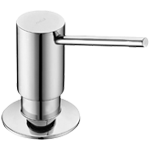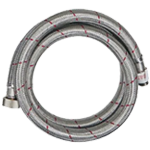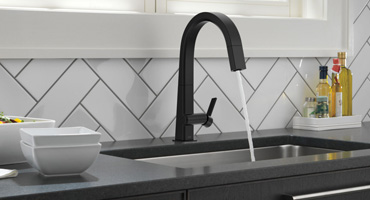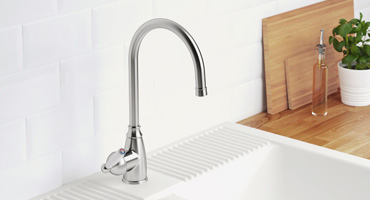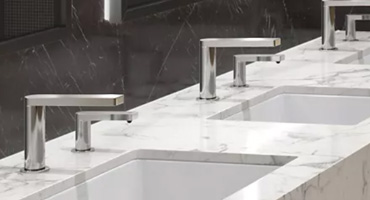Stainless Steel - Definition and Classification

Stainless Steel is the abbreviation of stainless and acid - resistant steel. Steel types that are resistant to weak corrosive media such as air, steam, water, etc., or have rust - proof properties are called stainless steel; while steel types that are resistant to chemical corrosive media (chemical etching by acids, alkalis, salts, etc.) are called acid - resistant steel.
Stainless steel refers to steel that is resistant to both weak corrosive media such as air, steam, water, etc., and chemical etching media such as acids, alkalis, and salts, also known as stainless and acid - resistant steel. In practical applications, steel that is resistant to weak corrosive media is often called stainless steel, while steel that is resistant to chemical media is called acid - resistant steel. Due to the differences in chemical composition between the two, the former may not be resistant to chemical media corrosion, while the latter generally has rust - proof properties. The corrosion resistance of stainless steel depends on the alloying elements contained in the steel.
1.Austenitic Stainless Steel.
The matrix is mainly composed of an austenite structure (CY phase) with a face - centered cubic crystal structure. It is non - magnetic and is mainly strengthened by cold working (which may also lead to a certain degree of magnetism). The American Iron and Steel Institute designates it with numbers in the 200 and 300 series, such as 304.
2.Ferritic Stainless Steel.
The matrix is mainly composed of a ferritic structure (a phase) with a body - centered cubic crystal structure. It is magnetic and generally cannot be hardened by heat treatment, but cold working can slightly strengthen it. The American Iron and Steel Institute designates it with 430 and 446.

3.Martensitic Stainless Steel.
The matrix is a martensite structure (body - centered cubic or cubic). It is magnetic, and its mechanical properties can be adjusted through heat treatment. The American Iron and Steel Institute designates it with numbers 410, 420, and 440. Martensite has an austenite structure at high temperatures. When cooled to room temperature at an appropriate rate, the austenite structure can transform into martensite (i.e., hardening).
4.Austenite - Ferritic (Duplex) Stainless Steel.
The matrix has both austenite and ferritic two - phase structures, with the content of the less - phase matrix generally greater than 15%. It is magnetic and can be strengthened by cold working. 329 is a typical duplex stainless steel. Compared with austenitic stainless steel, duplex steel has higher strength, and its resistance to intergranular corrosion, chloride stress corrosion, and pitting corrosion has been significantly improved.

5.Precipitation - Hardening Stainless Steel.
The matrix is an austenite or martensite structure and can be hardened by precipitation - hardening treatment. The American Iron and Steel Institute designates it with numbers in the 600 series, such as 630, which is 17 - 4PH.
Generally speaking, except for alloys, the corrosion resistance of austenitic stainless steel is relatively excellent. In an environment with low corrosion, ferritic stainless steel can be used. In a mildly corrosive environment, if high strength or high hardness of the material is required, martensitic stainless steel and precipitation - hardening stainless steel can be used.

